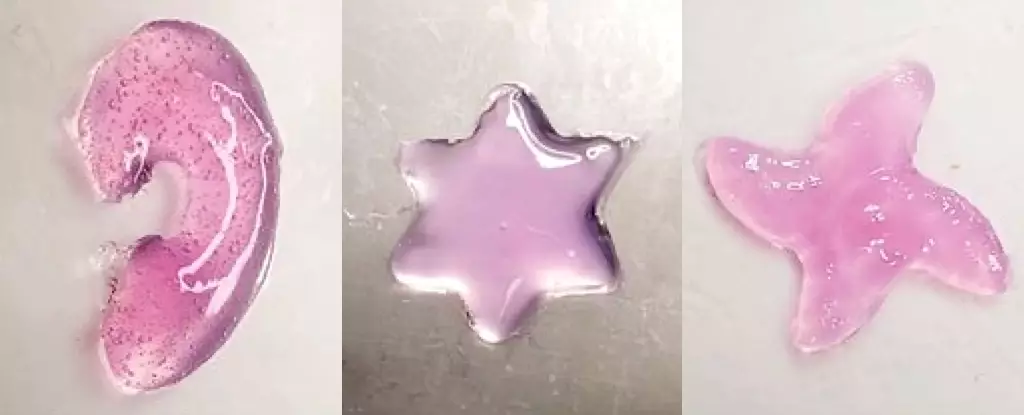The realm of medical technology continually witnesses groundbreaking innovations, but none are quite as promising as the recent advancements in 3D bioprinting directly within the human body. Recent research conducted by a team at the California Institute of Technology (Caltech) has unveiled a revolutionary technique known as deep tissue in vivo sound printing (DISP). This approach leverages focused ultrasound to administer therapeutic materials inside living organisms, paving the path for improvements in drug delivery systems, tissue regeneration, and personalized medicine. By allowing precise 3D printing at deeper tissue levels, DISP could change the face of biomedical interventions.
The Mechanism Behind Disp
At the core of DISP lies the clever use of bioinks combined with polymer chains and crosslinking agents. The material is carefully injected into the targeted area, encapsulated within lipid-based particles called liposomes. This innovative design ensures that the crosslinking agents remain dormant until activated by ultrasound. By raising the temperature at the targeted site merely to 41.7 °C (107.1 °F), the liposomes rupture, liberating the agents that instigate the formation of a hydrogel structure. Unlike other printing techniques that rely on infrared light, the ultrasound method shows enhanced capability to penetrate deep into tissues, maintaining biocompatibility without compromising safety.
Applications in Regenerative Medicine
One of the most remarkable aspects of DISP is its versatility in various applications. Initial tests using rats and rabbits have showcased its efficacy not only in drug delivery but also in potentially replacing or repairing damaged biological tissues. For instance, in cancer treatment trials involving 3D cell cultures, the researchers effectively utilized a version of the bioink loaded with the chemotherapy medication doxorubicin. This method allowed for a gradual release of the drug over several days, leading to greater efficacy in killing cancer cells compared to traditional injection methods. Such advancements symbolize a significant enhancement in how we approach cancer therapeutics.
Transforming Tissue Engineering
Tissue engineering has long been a dream of the medical community, and DISP signifies a leap toward making that dream a tangible reality. By facilitating the creation of complex shapes — from simple structures like stars to more intricate forms like teardrops — researchers are paving the way for tailored tissue constructs that can seamlessly integrate with the host’s biological systems. Moreover, preliminary animal tests have indicated that it is possible to implant artificial tissues at depths of 4 centimeters, suggesting profound implications for treating severe wounds and injuries typically beyond the reach of standard surgical methods.
Imaging and Monitoring Advancements
In addition to its tissue engineering capabilities, DISP includes innovative features for monitoring biological processes in real-time. Researchers have incorporated tiny gas vesicles to serve as imaging contrast agents, enabling the detection of chemical reactions linked to polymer crosslinking in situ. This breakthrough grants medical professionals a new tool to visualize and confirm the successful formation of therapeutic structures within the body, thereby facilitating better treatment outcomes and reducing the need for repeat surgical interventions.
Future Implications and Ethical Considerations
While the potential benefits of DISP are undeniably compelling, it is crucial to balance innovation with ethical considerations. The prospect of deploying this technology in human subjects raises questions about safety, regulation, and the long-term impacts of such procedures. As the research team aims to transition from animal testing to larger animal models and ultimately human trials, these challenges must be effectively addressed. Nevertheless, the implications for patient-specific medical solutions and minimally invasive interventions are vast, offering hope for improved quality of life and recovery rates for individuals grappling with debilitating conditions.
The advent of in vivo 3D printing via ultrasound illustrates an exhilarating frontier in medical science, raising the stakes for future research and innovation. As the journey progresses, the world watches with anticipation to see how DISP could redefine the landscape of treatment, make strides in regenerative medicine, and potentially save countless lives.

